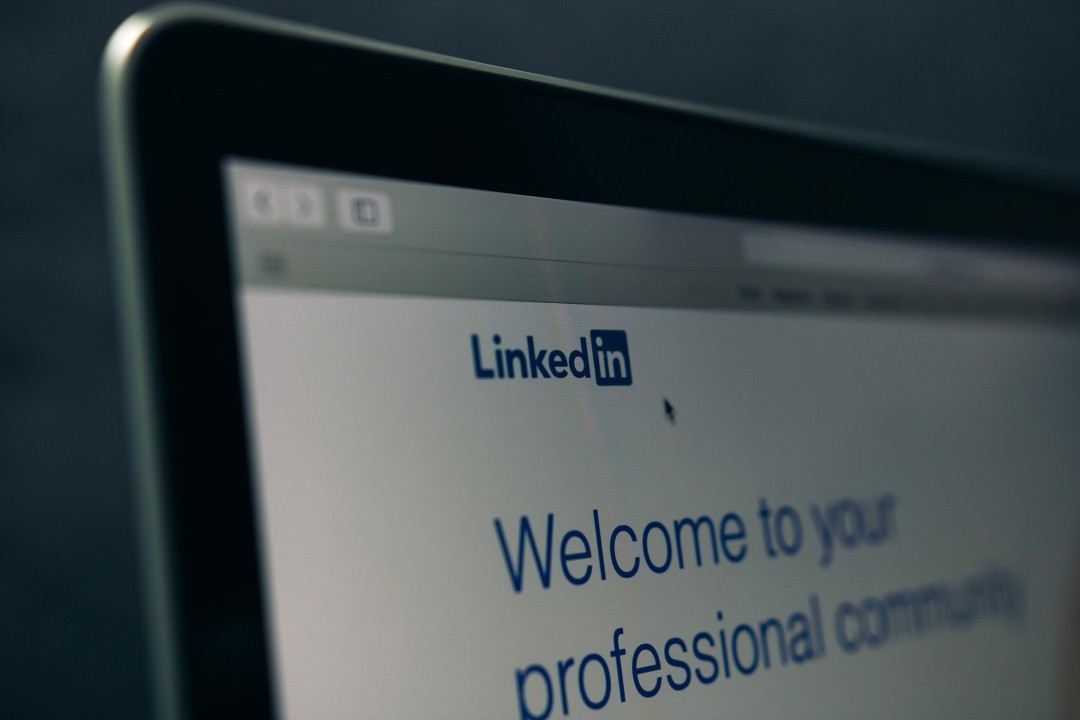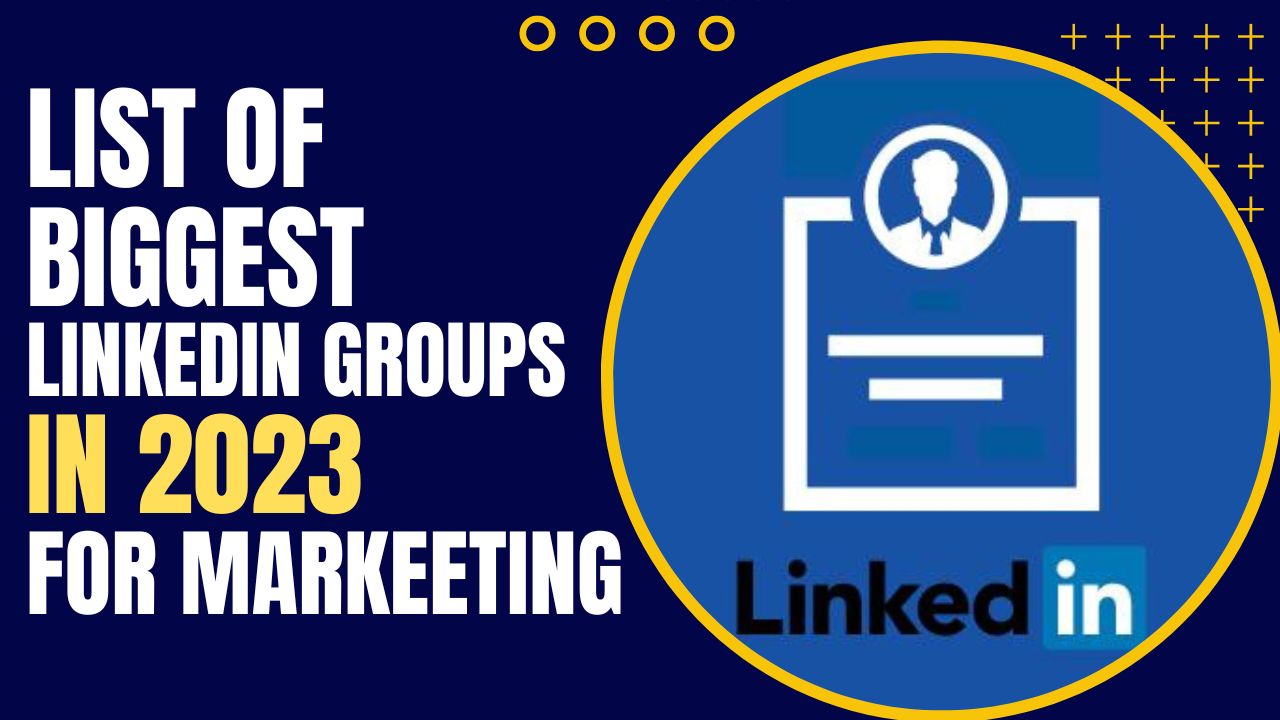 Digital marketing
Digital marketing is the use of
digital channels to reach and engage with consumers. This can include websites, social media, email, search engines, and mobile devices.
Digital marketing is a broad term that encompasses a wide range of activities, such as:
- Search engine optimization (SEO)
- Pay-per-click (PPC) advertising
- Social media marketing
- Content marketing
- Email marketing
- Mobile marketing
- Affiliate marketing
- Display advertising
- Video marketing
Digital marketing is a powerful tool that can help businesses reach their target audience and achieve their
marketing goals. However, it is important to note that
digital marketing is not a magic bullet. It takes time, effort, and a well-executed strategy to be successful.If you are looking for a way to reach your target audience and achieve your marketing goals,
digital marketing is a great option. With a well-executed strategy, you can use
digital marketing to reach your target audience, build relationships with them,
and drive sales.

Social media marketing is the use of social
media platforms to reach and engage with your target audience. This can include activities such as:
- Creating and sharing content on social media
- Running social media ads
- Participating in social media conversations
- Analyzing social media data
Social media marketing can be a great way to
build relationships with potential customers, promote your products or services, and drive traffic to your website. However, it is important to note tha
t social media marketing is not a magic bullet. It takes time, effort, and a well-executed strategy to be successful.
Here are some tips for successful social media marketing:
Social media marketing can be a great way to reach your target audience, promote your products or services, and drive traffic to your website. However, it is important to remember that it is not a magic bullet. It takes time, effort, and a well-executed strategy to be successful.

Content marketing is a strategy that involves creating and sharing valuable content with your target audience in order to attract them to your
brand and ultimately convert them into customers. It's a long-term strategy that can be very effective in building trust and relationships with your audience, and it can also help you drive traffic to your website and generate leads.There are many different types of content that you can create for
content marketing, including blog posts, articles, infographics, videos, e-books, and white papers. The type of content you create will depend on your target audience and your goals.
Content marketing can be a very effective way to reach your target audience, build trust and relationships with them, and ultimately drive sales. However, it's important to remember that it's a long-term strategy that takes time and effort to see results.
Here are some of the benefits of content marketing:
- Builds trust and relationships with your audience. When you create valuable and relevant content, you show your audience that you're an expert in your field and that you care about their needs. This can help you build trust and relationships with them, which can lead to more sales in the long run.
- Drives traffic to your website. When you create high-quality content, people will want to share it with their friends and colleagues. This can help you drive traffic to your website and expose your brand to a wider audience.
- Generates leads. When people visit your website and read your content, they're more likely to become leads. You can then nurture these leads and eventually turn them into customers.
- Increases brand awareness. When you create high-quality content that is shared and talked about, your brand will become more visible to potential customers. This can help you increase brand awareness and attract new customers.
Content marketing can be a great way to reach your target audience, build trust and relationships with them, and ultimately drive sales. However, it's important to remember that it's a long-term strategy that takes time and effort to see results.

Inbound marketing is a strategy that focuses on attracting potential customers to your business by creating valuable content and experiences that they are interested in. This is in contrast to outbound marketing, which focuses on
interrupting potential customers with advertising.Inbound marketing is a long-term strategy that can be very effective in building trust and relationships with your audience, and it can also help you drive traffic to your website and
generate leads.Inbound marketing can be a very effective way to reach your target audience, build trust and relationships with them, and ultimately drive sales. However, it's important to remember that it's a long-term strategy that takes time and effort to see results.
Here are some tips for successful inbound marketing:
- Set clear goals. What do you want to achieve with your inbound marketing? Do you want to increase brand awareness, generate leads, or drive sales? Once you know your goals, you can tailor your content and strategy accordingly.
- Know your audience. Who are you trying to reach with your inbound marketing? What are their interests and needs? Once you know your audience, you can create content that is relevant and engaging to them.
- Create high-quality content. Your content should be high-quality and engaging. This means using clear and concise language, writing interesting headlines, and using relevant images and videos.
- Promote your content effectively. Once you create your content, you need to promote it effectively so that people can find it. You can use social media, email marketing, and search engine optimization (SEO) to promote your content.
- Measure your results. It is important to measure the results of your inbound marketing efforts so that you can see what is working and what is not. This will help you optimize your strategy and improve your results over time.
Inbound marketing can be a great way to reach your target audience, build trust and relationships with them, and ultimately drive sales. However, it's important to remember that it's a long-term strategy that takes time and effort to see results.

A marketing strategy is a plan for how a business will reach its target audience and achieve its marketing goals. It should be based on a thorough understanding of the target audience, the competitive landscape, and the business's unique selling proposition (USP).A good marketing strategy will be specific, measurable, achievable, relevant, and time-bound. It should also be flexible enough to adapt to changes in the market or the business's goals.
Here are some of the key elements of a marketing strategy:
- Target audience: The target audience is the group of people that the business is trying to reach with its marketing efforts. It is important to understand the target audience's demographics, psychographics, and needs in order to create effective marketing messages.
- Competitive landscape: The competitive landscape is the set of businesses that are competing for the same target audience. It is important to understand the strengths and weaknesses of the competition in order to develop a marketing strategy that will be successful.
- Unique selling proposition (USP): The USP is what makes the business unique and different from its competitors. It is important to identify the USP and communicate it effectively to the target audience in order to create a competitive advantage.
- Marketing goals: The marketing goals are the specific objectives that the business wants to achieve with its marketing efforts. They should be measurable and time-bound in order to track progress and make necessary adjustments.
- Marketing mix: The marketing mix is the combination of marketing tools that the business will use to reach its target audience and achieve its marketing goals. The marketing mix includes the four Ps of marketing: product, price, place, and promotion.
A
marketing strategy is an essential tool for any business that wants to be successful. By following these tips, you can create a marketing strategy that will help you achieve your goals.

Marketing automation is the use of software to automate marketing tasks. This can include tasks such as sending emails, creating landing pages, and managing
social media campaigns.Marketing automation can help businesses save
time and money, and it can also help them improve the effectiveness of their marketing campaigns.There are many different marketing automation
software platforms available on the market. Some of the most popular platforms include HubSpot,
Marketo, and Pardot.Here are some of the things to look for in a marketing automation platform:
- Ease of use: The platform should be easy to use, even for non-technical users.
- Features: The platform should have the features you need to automate your marketing tasks.
- Integrations: The platform should integrate with other software you use, such as your CRM system or your email marketing platform.
- Support: The platform should have good customer support in case you need help.
Marketing automation can be a valuable tool for businesses of all sizes. By automating repetitive tasks and streamlining marketing processes, marketing automation can help businesses save time, improve efficiency, and increase ROI.

Email marketing is the process of sending email messages to a group of people (subscribers) with the goal of promoting a product or service, building brand awareness, or
generating leads. It is a powerful tool that can be used to reach a large audience and build relationships with
potential customers.Here are some of the benefits of email marketing:
- Reach a large audience: Email marketing can be used to reach a large audience quickly and easily. You can send your emails to a list of subscribers or you can use email marketing services to target your emails to specific demographics.
- Build relationships: Email marketing is a great way to build relationships with potential customers. By sending regular emails, you can stay top-of-mind with your subscribers and keep them engaged with your brand.
- Promote products or services: Email marketing is a great way to promote your products or services. You can send emails about new products, special offers, or discounts.
- Generate leads: Email marketing can be used to generate leads. You can include a call-to-action in your emails, such as a link to a landing page or a form to sign up for a free trial.
Email marketing can be a valuable tool for businesses of all sizes. By sending
regular emails to your subscribers, you can stay top-of-mind with your brand, promote your products or services, and generate leads.

B2B marketing (business-to-business) is a type of marketing that focuses on selling products or services to businesses, rather than to consumers. It is a different approach than B2C marketing
(business-to-consumer), which focuses on selling products or services to individuals.
B2B marketing can be a complex and challenging process, but it can also be very rewarding. Here are some of the benefits of B2B marketing:
- Larger potential customer base: Businesses tend to have larger budgets than individuals, so there is a larger potential customer base for B2B products and services.
- Higher average purchase value: Businesses tend to make larger purchases than individuals, so the average purchase value is also higher for B2B products and services.
- Longer sales cycles: The sales cycle for B2B products and services is typically longer than for B2C products and services, which means there is more time to build relationships with potential customers.
The best
B2B marketing channels for your business will depend on your specific target audience and goals.
Faq:
Q1.What is marketing?ANS. Marketing is the process of creating, communicating, delivering, and exchanging offerings that have value for customers, clients, partners, and society at large.
Q2.What are the different types of marketing?ANS. There are many different types of marketing, but some of the most common include:
- Product marketing: This type of marketing focuses on promoting products to consumers.
- Service marketing: This type of marketing focuses on promoting services to consumers.
- B2B marketing: This type of marketing focuses on promoting products or services to businesses.
- Content marketing: This type of marketing focuses on creating and sharing valuable content that is relevant to your target audience.
- Email marketing: This type of marketing focuses on sending regular emails to your target audience.
- Social media marketing: This type of marketing focuses on using social media platforms to connect with your target audience.
- Search engine optimization (SEO): This type of marketing focuses on optimizing your website so that it ranks higher in search engine results pages (SERPs).
- Pay-per-click (PPC) advertising: This type of marketing focuses on paying a fee each time someone clicks on your ad.
Q3.What are the benefits of marketing?ANS. There are many benefits to marketing, including:
- Increased sales: Marketing can help you increase sales by reaching new customers and generating leads.
- Brand awareness: Marketing can help you build brand awareness by making your brand more visible to potential customers.
- Customer loyalty: Marketing can help you build customer loyalty by providing valuable content and experiences to your customers.
- Improved customer satisfaction: Marketing can help you improve customer satisfaction by providing solutions to their problems and meeting their needs.
- Increased website traffic: Marketing can help you increase website traffic by promoting your website through various channels.
- Lead generation: Marketing can help you generate leads by providing valuable content and experiences that encourage people to contact you.
Conclusion:
Marketing is a complex and ever-changing field, but it is also an essential part of any successful business. By understanding the different types of marketing, the benefits of marketing, and the challenges of marketing, you can increase your chances of success.Here are some key takeaways from this discussionMarketing is the process of creating, communicating, delivering, and exchanging offerings that have value for customers, clients, partners, and society at large.There are many different types of marketing, but some of the most common include product marketing, service marketing, B2B marketing, content marketing, email marketing, social media marketing, search engine optimization (SEO), and pay-per-click (PPC) advertising.
 Digital marketing is the use of digital channels to reach and engage with consumers. This can include websites, social media, email, search engines, and mobile devices. Digital marketing is a broad term that encompasses a wide range of activities, such as:
Digital marketing is the use of digital channels to reach and engage with consumers. This can include websites, social media, email, search engines, and mobile devices. Digital marketing is a broad term that encompasses a wide range of activities, such as:







 admin
admin








